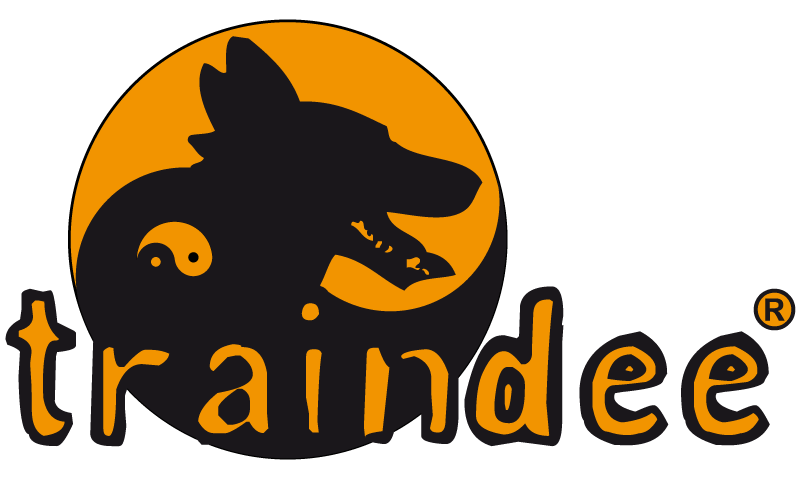The Dachshund (Dackel, Teckel) Dog breed

The Dachshund, a delightful and spirited small dog breed hailing from Germany, possesses a charming personality and is distinguished by its diverse coat textures and colors, short legs, floppy ears, and a robust chest.
Affectionately known by various monikers such as doxie, wiener dog, hotdog, or sausage dog, this endearing pint-sized breed makes a lasting impression. Dachshunds come in standard and miniature sizes, yet their characteristic traits remain similar in both.
Key Traits of the Dachshund
Dachshunds excel as loving companions, devoted lapdogs, and even cherished family pets. Despite their small stature, they are notably protective and alert, making them exceptional watchdogs.
Historical Origins of the Dachshund
The Dachshund’s origins can be traced back to Germany, where it emerged as a hunting dog. Although the breed’s history extends as far as the 15th century, its development took a significant turn in 17th century Germany. Known as “badger dogs” or Dachshunds, these short hounds were originally bred for hunting badgers, owing to their compact size, determination, and independence, which proved ideal for burrowing and confronting badgers. Their distinctive flap-down ears served to keep dirt and debris at bay during their burrowing exploits.
As the breed evolved, two sizes emerged: standard Dachshunds continued to hunt badgers and wild boars, while miniature Dachshunds pursued hares and foxes. Additionally, a middle-size Dachshund variant exists in Germany. Dachshunds made their way to the United States as early as 1885 when they gained recognition from the American Kennel Club (AKC). Their popularity surged in the 1930s and 1940s, and during World War II, they were temporarily referred to as “badger dogs” in the U.S. to avoid negative associations. Dachshunds remain enduringly popular to this day, even participating in amusing Dachshund races, often referred to as “wiener races.” However, such races have faced opposition from the Dachshund Club of America due to concerns about potential harm to the dogs.
Caring for Dachshund
Dachshunds exhibit tenacity, a trait well-suited for hunting but occasionally challenging within a home environment. With a high prey drive, they may not be compatible with households that include small pets or rodents. Dachshunds generally get along well with other Dachshunds but may aspire to be the top dog in a multi-pet household. Their natural propensity for digging may result in damage to potted plants and yards, necessitating alternative activities for mental stimulation.
Exercise
Dachshunds are naturally inclined to obesity, underscoring the importance of regular exercise. Daily walks are advisable, with a minimum of two 10-minute walks per day, accompanied by playtime, such as fetch. Adequate nutrition is crucial, and overfeeding should be avoided.
Grooming
Grooming requirements for Dachshunds vary based on coat type. Longhaired Dachshunds require daily brushing but typically do not necessitate professional grooming. Smooth-coated Dachshunds tend to shed more than other varieties and should receive baths as needed. All Dachshunds should have their nails trimmed regularly to prevent paw problems. Ear cleaning and monitoring for signs of infection or mites are essential for those with flap-down ears. Maintaining good oral hygiene is achieved by brushing the dog’s teeth several times a week.
Training
Dachshunds, renowned for their spirited personalities, may exhibit stubbornness, protectiveness, and a propensity to bark. Effective obedience training can channel these tendencies into valuable attributes. Housebreaking Dachshunds can be challenging, demanding patience and possibly crate training, alongside the use of puppy pads and cleaning supplies.
Common Health Problems
Responsible breeders adhere to stringent breed standards to minimize the risk of inherited health issues. Nevertheless, Dachshunds may still be susceptible to certain hereditary health conditions. Some noteworthy conditions include:
- Intervertebral Disc Disease: This ailment necessitates vigilance to protect a Dachshund’s back, as up to 25% of Dachshunds may develop intervertebral disc disease, resulting in spinal disc deterioration.
- Diabetes Mellitus: Often observed in younger and older dogs, this chronic but manageable condition is characterized by an abnormal response to insulin, leading to excessive thirst and weight loss.
- Epilepsy: This neurological disorder induces seizures in dogs, with no known specific causes.
- Gastric Dilatation-Volvulus: Commonly known as bloat, this emergency condition can affect larger breeds and Dachshunds due to their prominent chests. It occurs when the stomach fills with gas or air, leading to potential complications.
- Acanthosis Nigricans: This condition causes darkening and thickening of certain areas of the dog’s skin, possibly triggered by allergies or hormonal factors and can be managed.
Diet and Nutrition
The appropriate amount of food required varies based on the dog’s size, age, activity level, and other factors. High-quality food should be provided, with careful monitoring of the dog’s intake and weight. If weight gain is observed, consult with a veterinarian to determine an appropriate feeding schedule, type of food, and quantity to maintain a healthy weight and support the dog’s natural lifespan.





